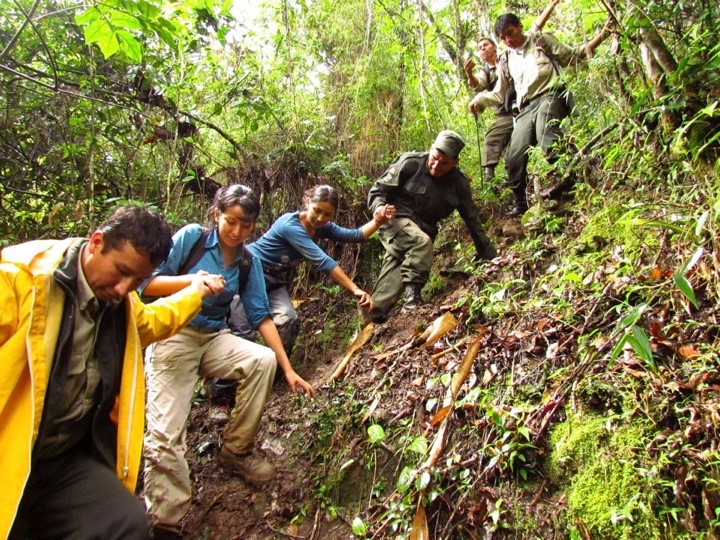The world’s population is growing – and with it the need for natural resources. This calls for consistent action to protect biodiversity. “The rapidly ongoing extinction of numerous animal and plant species threatens the health of our environment, as well as valuable resources and services linked to our well-being,” says Bea Maas of the Department of Botany and Biodiversity Research. Despite comprehensive scientific evidence and solutions, there is often a lack of practical implementation. “There is a misconception among many scientists that if enough evidence is generated and put in the hands of policy-makers, the problem will be solved”, says co-lead author and co-editor Anne Toomey of Pace University. “But we know from behavioral science that translating research into practice is not quite that simple.”
More than evidence
A current collection of 14 articles in the journal Biological Conservation addresses this untapped potential of research. More than 90 authors have contributed to the publication of this special issue and show the challenges of implementing conservation measures. Solutions are also presented: “The work shows that scientists are preparing for a transdisciplinary turn in conservation and agree on the benefits for future research and practice. But it also makes clear that focus on the results, more support and funding are needed,” stresses co-author and co-editor Rafael Loyola of the Brazilian Foundation for Sustainable Development and the Federal University of Goiás.
In their article, Maas, Toomey and Loyola examine three central questions: Are we currently setting the right priorities in conservation science? Are we documenting and learning from our mistakes and failures through evaluation? And: How can we better consider different perspectives in our decisions?
Better cooperation between science, politics and practice
The publication deals with these questions from different perspectives. It includes three global reviews on the role of environmental education, technology applications and failure documentation in conservation, as well as case studies and perspectives on issues such as impact evaluation, data use, cost planning, experience analysis and the influence of different government systems on biodiversity conservation.
According to Maas and co-authors, simple answers cannot be found. However, the researchers agree on one point, as Maas emphasises: “Conservation researchers must learn to better navigate the spaces between research and implementation. The key to this lies in a timely and improved cooperation between conservation-relevant science, politics and practice”.
Publication in Biological Conservation:
Maas, B., Toomey, A., Loyola, R. (2019). Exploring and expanding the spaces between research and implementation in conservation science. Biological Conservation.
DOI: 10.1016/j.biocon.2019.108290
Original post https://alertarticles.info


